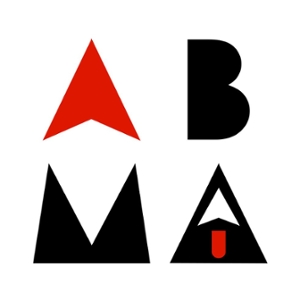Research project
Agent Based Modelling for Archaeologists (ABMA)
The Agent Based Modelling for Archaeologists (ABMA) project is dedicated to developing Open Educational Resources (OERs) and accompanying materials for agent-based modelling (ABM) in Archaeology.
- Duration
- 2022 - 2024
- Contact
- Karsten Lambers
- Funding
-
 Erasmus+
Erasmus+
- Partners

Project description
Agent Based Modelling (ABM) is used to simulate how global patterns can arise through the interaction of individual parts or ‘agents’ in unexpected ways, allowing us to study complex systems such as human society. ABM has a wide range of uses, in archaeology as elsewhere, making it a skill in high demand. However, relatively few formal training resources and opportunities exist for acquainting archaeologists with ABM. It is this deficiency that the project aims to address.
ABM for archaeology is only taught at a handful of institutes world-wide, and a recent survey (Davies and Romanowska, 2018) found that only 7% of practitioners have received any formal training. The majority of practitioners is self-taught, and COVID-19 has reinforced the need for remote learning. However, the availability of open and comprehensive resources aimed at archaeologists is limited.
As such, the majority of conventionally trained archaeologists are not familiar with ABM. This while ABM is useful in a myriad of ways. For example, it may be used to predict the location of archaeological remains, to better understand past phenomena and archaeological data, and for public outreach. Moreover, ABM is used in a wide range of fields such as ecology, economics, and the social sciences, making it a highly interdisciplinary skill.
The ABMA project is a collaboration between Landward Research Teoranta, Aarhus Universitet, Saxion University of Applied Sciences and Leiden University, each bringing their own expertise. Leiden University is a pace-setter in teaching digital and computational archaeological skills. In addition, the university is at the forefront of online education, having run several online courses (MOOCs and SPOCs) in the past. Leiden University’s portfolio includes a SPOC focused on ABM, which was offered to Leiden students in 2017, and later made accessible to external students in 2019.
The project’s primary objective is to create open educational resources (OERs) for ABM in archaeology. These will primarily consist of tutorials embedded with JavaScript. By guiding learners step-by-step in an interactive manner, these materials aim to lower the threshold of learning ABM, even for archaeologists with limited computational experience.
The project’s secondary aim is to create supporting materials to the OERs such as ‘How to’ guides. These materials will help users utilize the resources’ full potential in different contexts, even after completion of the ABMA project.
